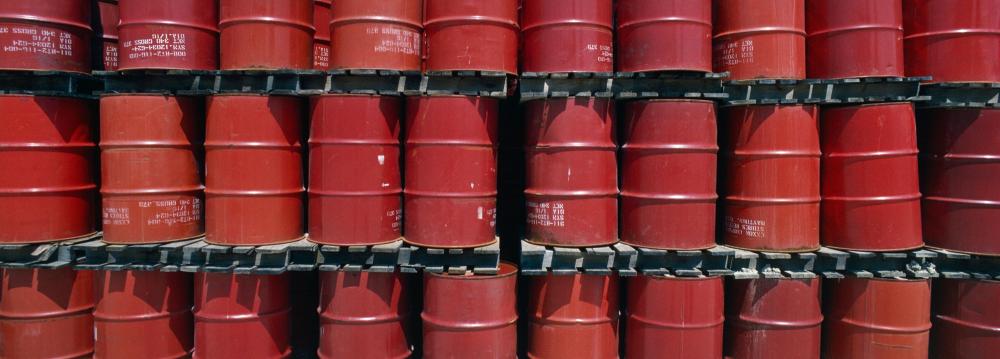Iran's crude oil extended its impressive rally above $60 per barrel, as global markets continue to recover from a stubborn price crash over the last three years.
Iran's light crude gained $3.78, or 6.3%, reaching $63.82 a barrel in the week to Nov. 10 as Iran Heavy, one of the country's main grades for export, rose $2.82, or 4.7% to $60.15 per barrel, Shana said, citing a report by the Oil Ministry on Saturday.
According to OPEC's monthly report published on Nov. 13, Iran Heavy traded up 3.9% in October from the previous month to $50.08 per barrel.
The price of OPEC basket of 14 crudes stood at $59.98 a barrel on Thursday, compared with $59.79 the previous day, according to the latest OPEC Secretariat calculations.
After reaching new highs in more than two years this month, crude oil prices cooled last week amid the prospect of a recovery in the US oil market.
But increasing speculations that OPEC and non-OPEC producers will reach consensus to extend the deal has helped prices to remain above $60 for now. Prices have also drawn support from political tensions in the Middle East and supply disruptions in Iraq, the United States and elsewhere.
Brent crude futures settled down to $61.36 per barrel on Friday, running its streak of losses to five straight days. US light crude fell for a fourth consecutive session, ending at $55.14 a barrel.
OPEC and its allies are scheduled to meet in Vienna on Nov. 30 to discuss extending a pact to cut 1.8 million barrels of crude per day from the end of March through the end of next year.
OPEC producers and non-members scrambled to arrange a rare output-cutting deal after prices fell below $30 per barrel, the lowest in over a decade.
Under the current scheme, Iran is expected to pump around 3.8 million barrels a day. OPEC's data showed the No. 3 OPEC producer is sticking to the production limit.
According to OPEC's secondary sources, Iran pumped an average of 3.82 million bpd in October, down 11,300 bpd from the previous month.
Saudi Arabia and Russia, the world's leading oil exporters and producers who account for more than 40% of the cuts, have already backed the notion of extending the cuts.
But rising US shale output could put a lid on oil prices and offset the impact of the oil agreement. The US is expected to account for more than 80% of the growth in world crude supply in the next decade, the International Energy Agency said on Thursday.


